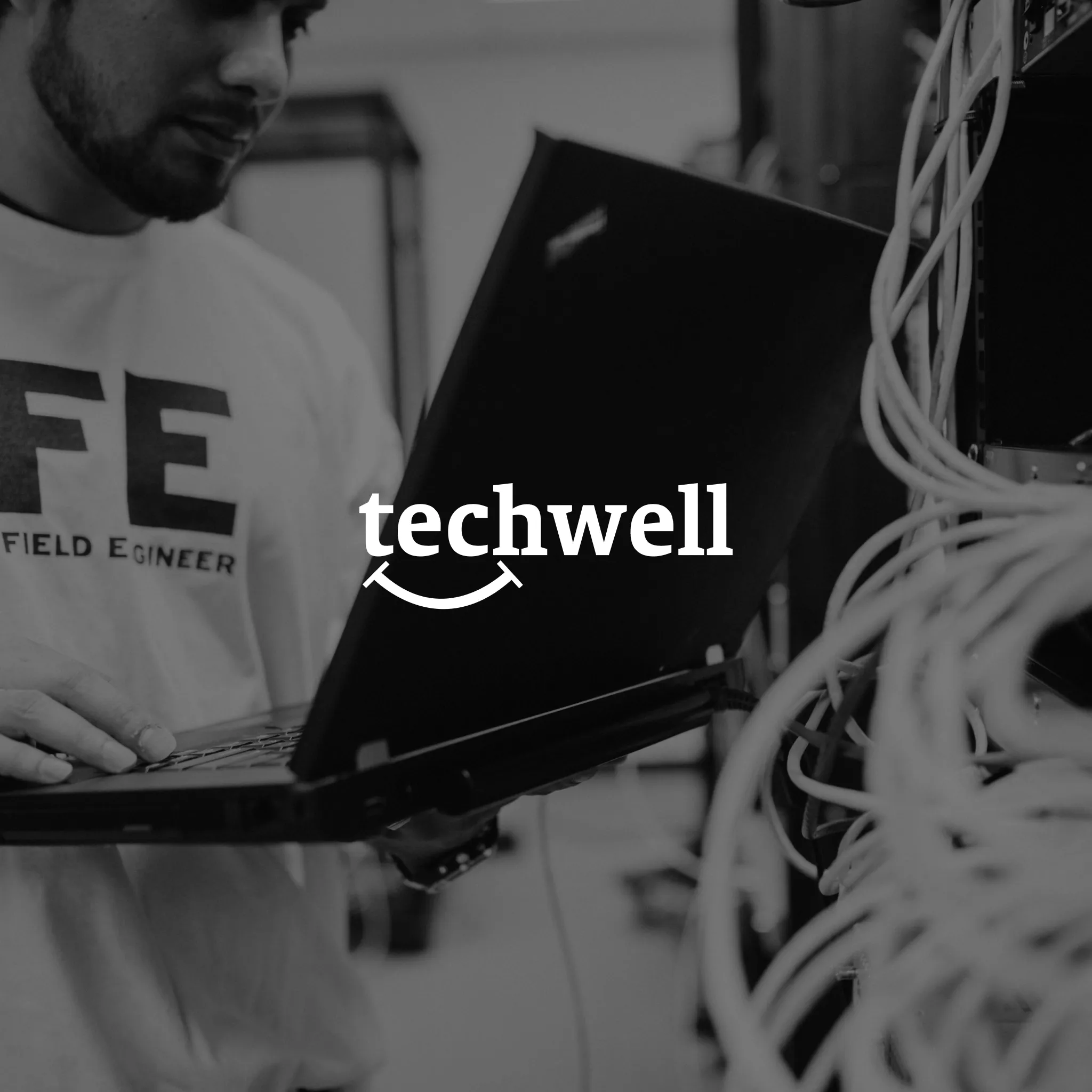Businesses are always looking for new ways to keep their employees safe, especially those working in dangerous settings. Wearable devices, part of the Wearable Internet of Things (WIoT), are revolutionising how businesses approach occupational health and safety. These devices range from smartwatches to exoskeletons and provide real-time monitoring of workers’ vital signs, movements, and environmental conditions, delivering proactive measures to prevent accidents and injuries.
A critical advantage of wearable devices is real-time monitoring and instant alerts, such as smartwatches that can track workers’ locations, vital signs, and even detect falls, sending immediate alerts to supervisors or emergency responders. This capability enhances incident response time and helps monitor health indicators to prevent hazards.
Data collected by these wearables provides valuable insights into workplace safety and businesses can identify potential risks and develop strategies to mitigate them by analysing trends and patterns. This approach helps to enhance employee wellbeing and contributes to creating a safer work environment.
Some of the other benefits include:
- Ergonomic support: wearables like exoskeletons provide physical support, reducing fatigue and the risk of injuries from lifting heavy objects or performing repetitive tasks.
- Augmented reality (AR) for training and maintenance: AR glasses overlay digital information onto real world environments for hands-free access to manuals, schematics, and instructional videos, enhancing training and maintenance tasks without compromising safety.
- Environmental monitoring: smart wearables can continuously monitor air quality or detect hazardous conditions, alerting workers and supervisors to take preventative action or evacuate if necessary.
While the applications of wearable devices vary across industries, they all contribute significantly to enhancing workplace safety by providing tailored solutions to sector-specific challenges. Here’s how different sectors leverage wearable technology:
- Construction and warehousing: GPS-equipped wearables monitor workers’ locations while biometric sensors track vital signs, enhancing safety through real-time monitoring and alerts for falls or accidents.
- Healthcare: Smartwatches and other devices offer heart rate tracking and fall detection, providing continuous health monitoring and facilitating quick emergency responses for healthcare workers.
- Manufacturing: Wearable exoskeletons and smart gloves enhance worker safety by supporting ergonomic movements and reducing the risk of musculoskeletal disorders, a common issue in this sector.
- Mining and energy: In environments where workers are exposed to extreme conditions and potential hazards, wearables track environmental conditions and alert workers to dangerous levels of toxic gases or extreme temperatures.
- Transportation and logistics: Smart helmets equipped with cameras and environmental sensors improve safety for workers by ensuring they are aware of their surroundings and can communicate hazards in real time.
What Techwell can do for you?
The integration of wearable technologies in Australian workplace safety protocols offers a promising avenue for reducing accidents and enhancing worker safety. Techwell understands the unique challenges faced by industries operating in hazardous environments and offers tailored solutions that leverage the latest in wearable technology. We focus on enhancing operational efficiency and ensuring the safety of all employees, and can help businesses like yours:
To learn more about how wearable technologies can transform your workplace safety, contact the Techwell team today. Together, we can make your workplace safer for every employee.

